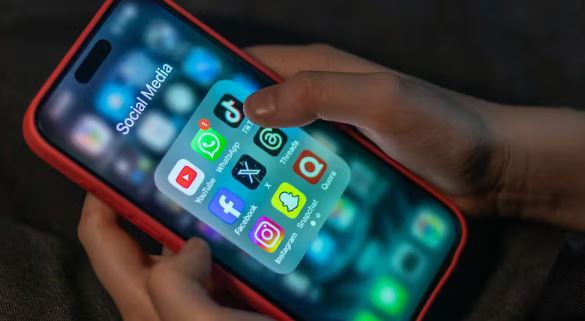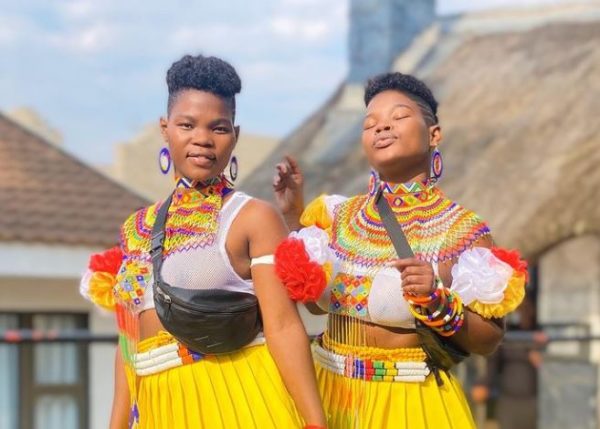Uncategorized
Here’s what ‘WSG’ means & how it can be used in texting

Abbreviations and acronyms are everywhere you turn in today’s digital landscape.
Scrolling through social media or texting with friends, you might come across a cryptic “WSG” leaving you wondering – what in the world does that even mean?
From the casually tossed “LOL” to the workplace staple “FYI,” these little letter combinations weave themselves into our daily communication.
What does WSG stand for?
The answer is simple: WSG stands for “What’s good?”. It’s a casual greeting used to inquire about someone’s well-being. Think of it as a more informal version of “How are you?” or “What’s going on?”.
Where did WSG come from?
The exact origin of WSG is a bit hazy, but it likely emerged sometime around 2019 or 2020 within online communities and social media platforms like TikTok, Instagram, and Snapchat, where it became a common greeting amongst younger generations. WSG became a quick and concise way to check in with someone. It is, however, not uncommon for older generations to be unfamiliar with the term.
Here are some additional layers to consider:
- Informality and friendliness: WSG carries a casual and friendly vibe. It’s a way to acknowledge someone and show you’re interested in how they’re doing.
- Versatility: WSG can be used in various contexts, from starting a conversation to checking in with a friend. It’s adaptable and can be used in greetings, casual inquiries, or even playful banter.
How WSG is used
So, you know what WSG stands for, but how is it actually used in conversation? Here’s the breakdown:
- Greeting: WSG is primarily used as a greeting, a casual way to say hello and check in with someone. It can be used between friends, acquaintances, or even online strangers.
Here are some classic replies: “What’s good?” (returning the greeting), “Not much, just chilling” (sharing a basic update), “Pretty good, thanks for asking!” (offering a more detailed response)
- Initiating conversation: WSG can be a great way to break the ice and start a conversation. It’s friendly, non-threatening, and opens the door for further interaction.
- Expressing interest: Sometimes, a simple “WSG” can show that you’ve noticed someone and are interested in talking to them. It’s a subtle way to gauge their interest in conversation.
- Building rapport: Exchanging a “WSG” can establish a sense of camaraderie and informality. It can be a way of acknowledging someone within your social circle.
The internet, a breeding ground for creativity, has given birth to variations and spin-offs of WSG. Here are a few you might encounter:
- Wassup G: A more informal and playful take on WSG, adding a “G” for greetings.
- Sup G: Similar to “Wassup G,” shortening “What’s up” and adding a “G.”
- Wsup Man/Woman: A gender-specific version of WSG, acknowledging the person you’re addressing.
- Wagwan: This is a slang term originating in the Caribbean, meaning “What’s going on?”. It can be used similarly to WSG.
- WYD: This stands for “What you doing?”, another informal way to check in with someone.
WSG: A digital bridge or a generation gap?
The use of WSG and other online slang can sometimes create a generation gap. While younger generations might find it a convenient and friendly way to communicate, older generations may be unfamiliar with it. This is where a little understanding goes a long way. If you see a confused look when you say WSG, take a moment to explain it! Communication, after all, is a two-way street, even in the digital age.






